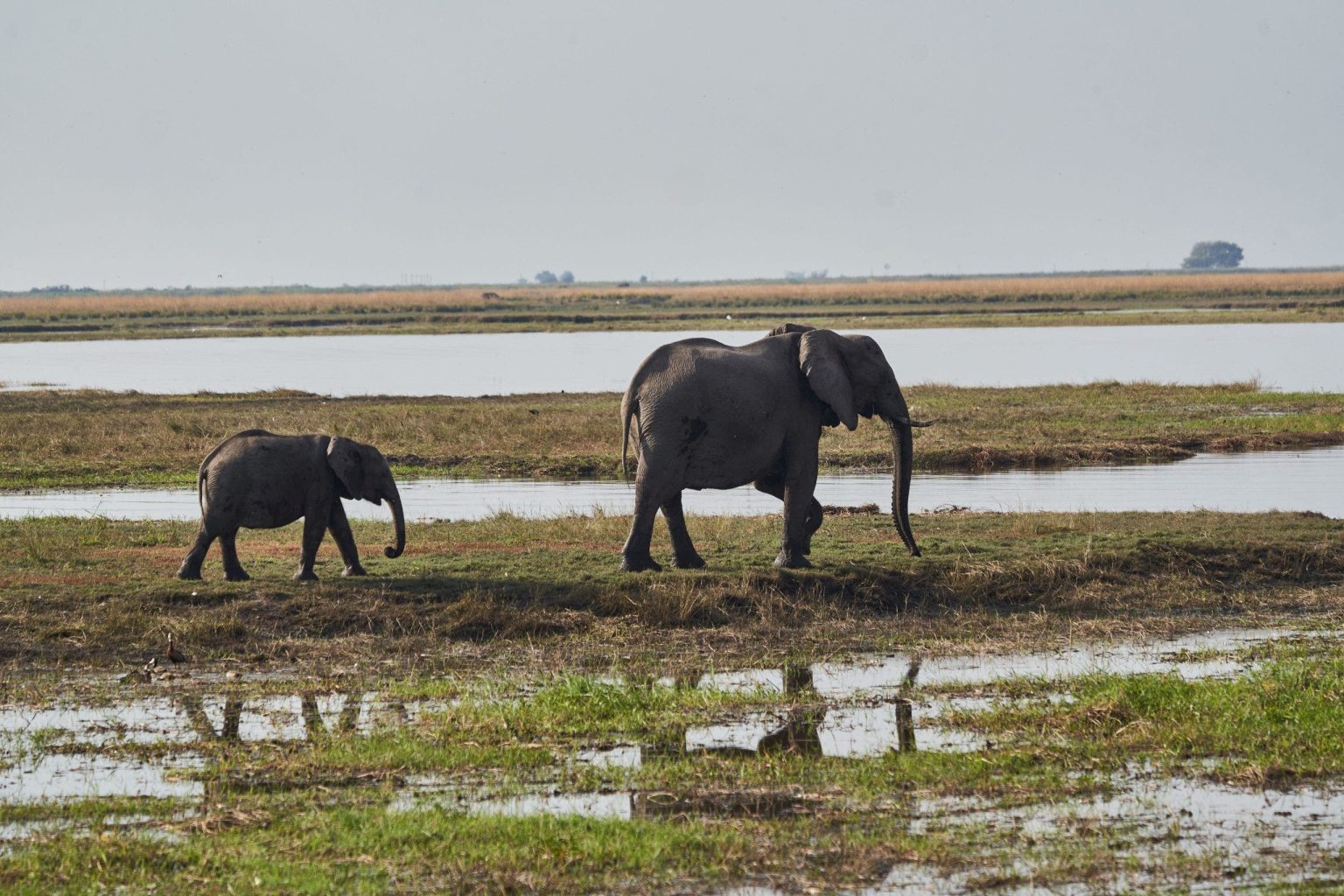Namibia is facing a severe drought that has left nearly half of its population experiencing food insecurity. In response to the crisis, the government plans to cull 723 wild animals, including 83 elephants, in order to distribute their meat to people in need of food assistance. The cull is expected to take place in parks and communal areas where animal numbers exceed available grazing land and water supplies. This decision has been made in light of the fact that the country has already exhausted 84% of its food reserves, leading to heightened human-wildlife conflicts.
The environment ministry in Namibia has emphasized the urgency of the situation, stating that if they do not intervene, human-wildlife conflicts are expected to increase due to the severe drought. In addition to the 83 elephants that will be culled, the government also plans to cull 30 hippos and 60 buffalo, as well as 50 impalas, 100 blue wildebeests, 300 zebras, and 100 elands. So far, professional hunters and government-contracted companies have hunted down 157 animals, producing over 56,800 kilograms of meat. The ministry justified the culling as necessary and in line with their constitutional mandate to utilize natural resources for the benefit of Namibian citizens.
Southern Africa is currently facing its worst drought in decades, with Namibia being particularly hard hit. According to the United Nations, the country has already exhausted most of its food reserves, leaving many people at risk of food insecurity. As a result, the government has taken the decision to cull wild animals in order to mitigate the impact of the drought on both people and wildlife. The culling of elephants, hippos, buffalo, and other animals is seen as a necessary measure to prevent further conflicts and to provide food relief to those in need.
The decision to cull wild animals in Namibia has sparked controversy and debate among conservationists and animal welfare advocates. While the government argues that the culling is necessary to address food shortages and human-wildlife conflicts caused by the severe drought, critics have raised concerns about the ethical implications of killing animals for food relief. Some conservationists have also pointed out that culling elephants, which are already endangered, could have long-term ecological consequences for the region.
The culling of wild animals in Namibia has raised questions about the broader issue of wildlife management in the face of climate change and increasing human-wildlife conflicts. As droughts become more frequent and severe, countries like Namibia will be faced with difficult decisions about how to balance the needs of human populations with the conservation of wildlife. The Namibian government’s decision to cull wild animals and distribute their meat to those in need highlights the complex challenges of sustainable resource management in the face of environmental crises.
Overall, Namibia’s plan to cull 723 wild animals, including 83 elephants, in response to a severe drought highlights the interconnectedness of environmental, social, and economic challenges facing the region. While the government’s decision has been met with criticism from some conservationists, it reflects the difficult choices that countries in Southern Africa are forced to make in the face of mounting food insecurity and environmental stress. As the region continues to grapple with the impacts of climate change, finding sustainable solutions to human-wildlife conflicts and resource management will be essential to ensuring the well-being of both people and wildlife in the years to come.


